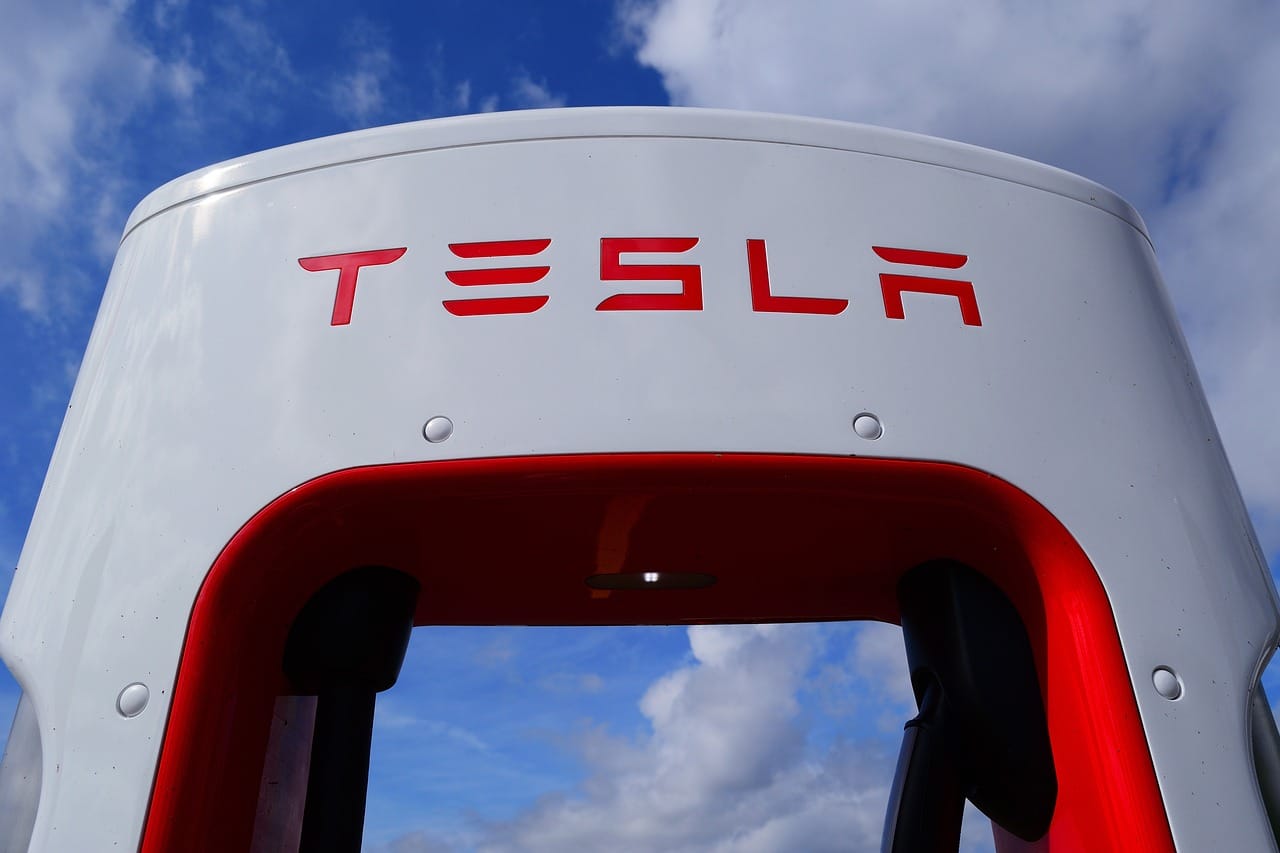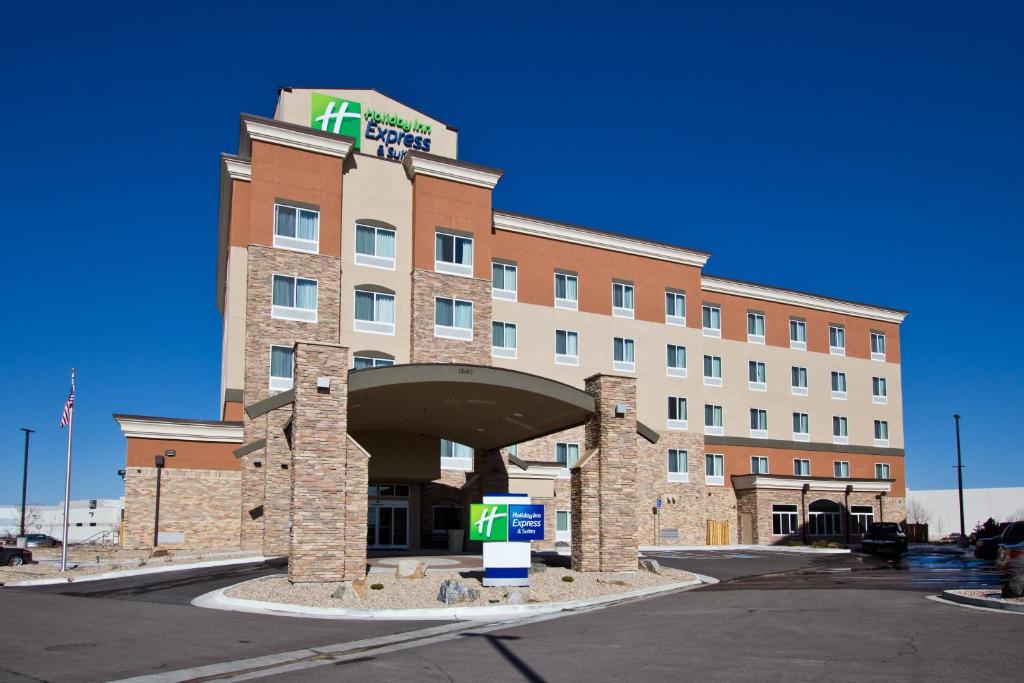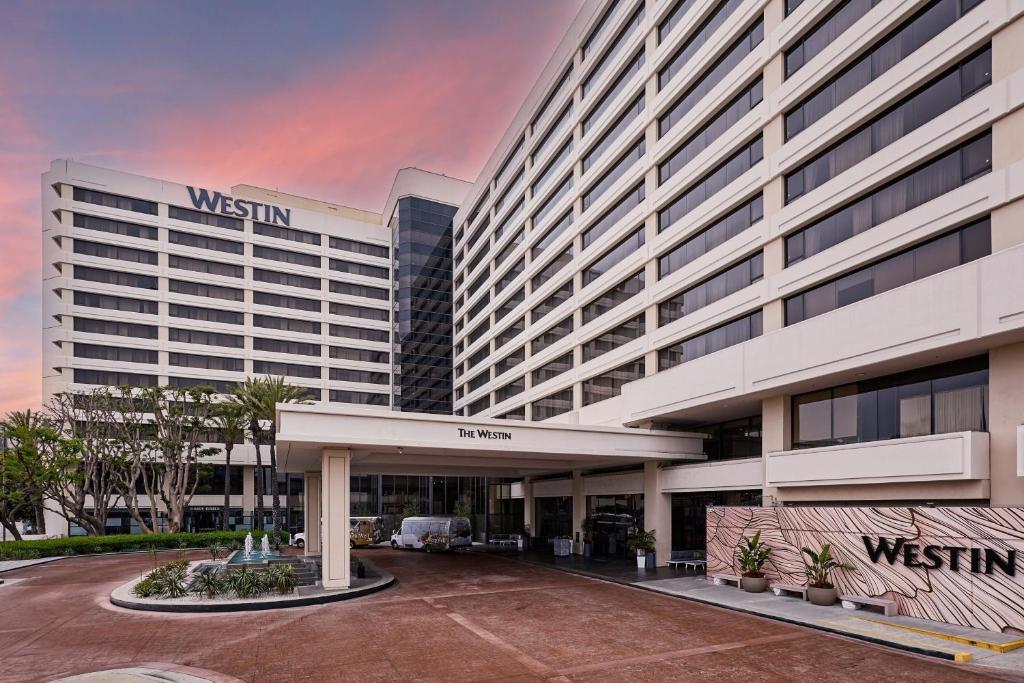Why smart road stops make road trips better for EVs and trucks
Welcome to modern road travel where comfort meets efficiency. Smart road stops change long trips for EV drivers and truckers. They combine secure overnight parking, reliable charging, clear truck access, and helpful amenities that keep journeys smooth and stress-free.
This guide shows what to look for and how to plan. You’ll learn how to pick stops with the right charger types, power levels, and parking layouts. We cover timing, tools, and strategies so you avoid waits and maintain range. You’ll also get practical tips for on-site behavior that keeps everyone safe and courteous.
Whether you drive an electric car, a heavy truck, or manage a mixed fleet, these insights save time and money. Use them to choose stops that match vehicle size, power needs, and crew comfort. Plug in, park up, and recharge with confidence—so your next road trip feels easier and more connected than ever on road and off.
Smart Tech That Keeps Truck Drivers Safe at Rest Stops
What makes a road stop EV- and truck-friendly
Secure overnight parking
Security reduces stress on long hauls. Look for gated lots, 24/7 lighting, visible on‑site staff, and camera coverage over parking areas. A paved, level surface with marked bays and clear signage makes parking and hooking up chargers easier after dark—especially for single drivers finishing a long shift.
Practical tip: a well‑staffed stop cuts petty theft and gives you a place to ask for local help (tire shops, tow services) if something goes wrong.
Charging infrastructure: power, ports, redundancy
Not all chargers are equal. Fast DC chargers (150–350 kW, e.g., Electrify America, Tesla V3 Superchargers) give 20–80% in 20–40 minutes for many EVs. Level 2 chargers (6–19 kW; JuiceBox, ChargePoint) are ideal for overnight dwell and add roughly 20–60 miles per hour of charging.
Important checklist:
Physical access and layout
Clearance heights, turning radii, and dedicated truck lanes matter. Key specs to check:
A story: a trucker I spoke to avoids tight roadside plazas — the extra 10 minutes to reach a larger stop with wide approaches is worth the safety and less scrubbing of mirrors.
On‑site services
Amenities keep crews comfortable and moving:
How to weigh priorities (security vs. convenience; fast vs. long‑dwell)
Choose by trip type:
Next up: we’ll break down the different stop types and help you pick the right one for every leg of your journey.
Types of stops and how to choose the right one for your trip
Truck stops & travel plazas (Pilot, Love’s, TA‑Petro)
Highway rest areas
RV parks & campgrounds (KOA, Good Sam)
Hotels with charging (Holiday Inn, Hilton, local inns)
Dedicated public charging hubs / Supercharger stations
Quick match guide (how to choose)
Practical tip: Use apps (PlugShare, A Better Routeplanner, ChargePoint, network-specific apps) to check live availability, pricing, and whether a small detour will save time by avoiding queues.
Planning your route: tools, timing, and a charging strategy that works
Tools that actually help
Use a mix of consumer and fleet-grade tools so you’re not relying on a single data point. Try A Better Routeplanner (ABRP) to set vehicle-specific max charge rates and target SOCs, PlugShare and network apps (Electrify America, ChargePoint, EVgo) for live stall status, and Google Maps or Waze for traffic detours. For fleets, add telematics or route managers (Geotab, FleetCarma) to sync chargers with driver shifts and maintenance windows. Real-world tip: many drivers run ABRP on the dash and PlugShare on the phone so they can re-route if a station fills.
Layer charging with required breaks
Plan stops that serve two needs at once: driver rest and battery top-up. Match:
If a 30-minute break is required, choose a 150–350 kW site if your vehicle accepts it; if not, pick a 50–150 kW charger or schedule an overnight Level 2.
Match charger power to your dwell time
Know your vehicle’s max charging power. Many long‑range EVs peak 150–250 kW; some trucks peak lower. Use this rule:
Build buffers and redundancy
Busy hubs get congested—pad every scheduled stop by 15–30 minutes during peak travel windows. Build one alternate charger within a 15–30 minute detour for every planned DC stop so a single outage doesn’t strand you.
Timing and rates
Charge overnight when possible to take advantage of off‑peak rates and quieter sites. Avoid midday weekend peaks at popular hubs. For cost-sensitive fleets, use network subscriptions (e.g., Electrify America Power Plan options) or business accounts for reduced rates.
Quick contingencies
Pre‑departure checklist
Keep this playbook on your phone the first few trips — it turns unknowns into predictable stops.
Onsite best practices: safety, etiquette, and how to make overnight parking comfortable
Choose a safe, practical spot
Pick a well‑lit space near staff offices, cameras, or other drivers. Real drivers’ trick: park with your cab facing the entrance so you can spot approaching people and get a quick exit. Secure cargo and cabs—lock doors, stow valuables out of sight, and use wheel chocks if you’re on a slope.
Quick vehicle checks before you sleep
A five‑minute walkaround prevents morning headaches:
Charging etiquette and safe cable handling
Simple courtesies keep hubs efficient and safe:
Example gear: portable EVSEs like the Tesla Mobile Connector or JuiceBox (Enel X) are handy for destination Level 2s; a 12V portable LED work light can make connecting cables after dark easier.
Overnight comfort — set up a restful routine
Turn a noisy, bright stop into a good night’s sleep with a short checklist:
Interacting with staff and other drivers
Be polite and proactive:
Know and follow rules
Watch for signs: truck-only zones, overnight bans, curfews, and idling restrictions. Local enforcement varies—violations can mean fines or towing, so when in doubt, ask staff or choose an alternative lot.
Preparing for large vehicles and mixed fleets: accessibility, power, and logistics
Clearance, turning, and site access
Oversize rigs need space. Before you commit to a stop, check approach angles, turning radii, and overhead clearance—low canopies and tight lot entries are common deal‑breakers. When possible, scout satellite imagery (or call ahead) and plan turn maneuvers for trailers and bi‑articulated vehicles. Use a spotter for tight turns and practice one‑way routing through the lot to avoid three‑point turns that block traffic.
Charger compatibility and power requirements
Heavy-duty electrification is split between fast public DC chargers (150–350 kW) for vans and buses and megawatt‑class systems for Class 8 long-haul trucks. Know your vehicle’s maximum onboard acceptance rate—plugging into a 350 kW unit won’t help if the truck caps at 200 kW.
Vendors to note: ABB (Terra 360 for high-power DC), Tritium and Heliox for fleet depots, and prototype megawatt chargers (e.g., Tesla’s Megacharger demonstrations). Also confirm connector type: CCS1/CCS2, NACS (with adapters), CHAdeMO (less common for trucks), and proprietary high‑voltage truck couplers.
Shared power, scheduling, and fleet operations
Sites often have a finite electrical service; even several chargers can share a limited site feed, triggering derates under load. Manage that with:
A small fleet anecdote: a regional hauler shifted two mid‑day top‑ups to overnight and cut peak demand events by half, reducing onsite slowdowns and utility penalties.
Towing, hauling, and mixed‑convoy tactics
Towing reduces range dramatically—anticipate 20–40% or more depending on load and grade. For mixed convoys:
Driver training and on‑site communication
Train drivers on connector types, max‑kW acceptance, fail modes, and how to read station status. Teach simple communication scripts: call ahead, state vehicle size and connector, and request a spotter on arrival. Use clear signage or placards showing vehicle length and charging reservation to reduce conflicts.
With these technical checks and operational habits in place, teams can move smoothly through mixed stops and avoid the common bottlenecks that slow everyone down—setting you up for the final checks in the Conclusion section.
Hit the road with confidence
Prioritize secure, well‑equipped stops and plan charging and parking together so your schedule stays smooth. Use route tools, reserve spaces when possible, and pick locations with amenities, overnight options, and clear signage. Onsite etiquette and safety—cord respect, cable management, lights, and thoughtful spacing—keeps everyone moving and comfortable.
For large vehicles or mixed fleets, arrange power access, turning room, and load/unload logistics ahead of time. With a little planning and the right stop choices, EV and truck road trips can be relaxing, efficient, and accessible. Ready your route, charge with confidence, and enjoy the journey today.











Haha, “Plug, Park, Recharge” — sounds like the perfect plan until you get to a level 2 charger and the person next to you brought a generator 🤦♂️.
Anyway, solid tips. Love the etiquette section — we need more of that and fewer chargers turned into impromptu picnic tables 😂.
LOL, generators at chargers — the worst. Appreciate the laugh and the support for etiquette guidance!
Right?! And people who leave cords across walkways. Safety issue, not just annoying.
Good overview. A couple small nitpicks: the article could include more on overnight security for trucks (lighting, CCTV) and clearer signage suggestions for mixed stalls. Also, a short checklist for hotel stays (like calling ahead to confirm EV amenities at Holiday Inn Express Suites Denver East Peoria) would be handy.
Overall — useful and timely. Thanks!
Thanks, Daniel — noted. We’ll add a hotel-call checklist and expand the overnight security bit in the next revision.
Exactly. A lit, monitored lot makes a big difference for peace of mind.
Agree on CCTV — I always look for visible cameras or a staffed desk when parking overnight.
This line stood out to me: ‘Preparing for large vehicles and mixed fleets: accessibility, power, and logistics.’ As someone who coordinates a small fleet, I think the article could dive deeper into reservation systems and grid impact. Right now most stops are first-come-first-serve which doesn’t scale.
Good point, Oliver. Reservation and queuing systems are a growing topic — we’ll explore it in a follow-up post.
Agree. For fleets, predictable access is everything. Random queues are a nightmare for delivery windows.
Interesting read. I liked the section on route planning tools — I’ve started using a combined map + charger planner and it really cuts down range anxiety. Quick q: does Holiday Inn Express Suites Denver East Peoria have any EV charging on site, or is it mostly nearby public stations?
Good question, Sophie. As of the last check, that Holiday Inn Express has standard hotel parking and some nearby public chargers within a short drive — but it’s best to call the hotel directly before booking for the latest on on-site chargers.
I stayed there once — no on-site EV chargers when I visited, but there was a reliable charging hub about 6 minutes away.
Planning tools section = 10/10. I use two apps simultaneously and cross-check with hotel listings (pro tip: some hotels like The Westin Los Angeles Airport with Free Shuttle are underrated as overnight charging stops because of their shuttle — you can go sleep and still get into the city). Also, if traveling with mixed rider groups, schedule buffer time. 👍⚡
Thanks for the tip on using hotels as opportunistic charging stops, Rachel — that’s a smart strategy for mixed itineraries.
I did that once near LAX and it was perfect. Shuttle + charger = win.
Exactly Max. Redundancy = less stress.
Two apps is my routine too. One for chargers, one for traffic — both fail separately sometimes, but together they save my bacon.
Loved the bit about The Westin Los Angeles Airport with Free Shuttle — super practical if you need a quick hotel stop between flights or long drives. I used their shuttle last year and it saved me a ton of time. Also, small shoutout to stations that have food options nearby — game changer when chargers take longer than expected.
Thanks for sharing your experience, Maya — glad the shuttle worked out! Totally agree: food + chargers = much happier travelers.
They had a couple of Level 2s when I stayed, but the valet said a fast charger was being installed soon. YMMV.
Which chargers did The Westin have? Level 2 or DC fast? I usually try to pick hotels with at least one fast charger.
Practical article but here’s my two cents:
1) Planning: don’t rely solely on apps — sometimes stations are out of service.
2) Overnight parking tips were solid, but some truckers might not be able to use certain lots because of height or access.
3) Holiday Inn Express Suites Denver East Peoria got a shoutout — I’ve stayed there and the parking layout is decent for vans, but large rigs need more space.
4) Also, etiquette: please move your EV when it’s charged. Not everyone can wait.
5) Finally, mixed fleets need assigned stalls in big stops — otherwise it’s chaos.
Yes to moving your car when charged! I once had a car hog a spot for nearly 3 hours. So rude.
Great, specific points Ben — appreciate the operational perspective. We’ll consider calling out signage and stall dimensions more clearly in future edits.
Ben, are you a truck driver? Your points about layout are spot on — many places look fine until a big rig tries to angle in.
Not a pro trucker, Tony — just drove a 26′ van for local deliveries for a few years. Gives you perspective on turning radius and awkward exits.
Some things I always check before a long haul (sharing in case it helps others):
– Charger type & max kW (looks obvious but you’d be amazed how often it’s missing)
– Parking layout photos (helps avoid tight turns with trailers)
– Nearby overnight hotel options (like Holiday Inn Express Suites Denver East Peoria or The Westin Los Angeles Airport with Free Shuttle if you’re near those cities)
– Local rules for truck staging — some stops have strict time limits
– Safety lighting and restroom availability
If states standardized signage for EV vs truck stalls, it would make life so much easier. Also: bring a short extension cable or adapters if your setup needs them (but always check the policy first).
Agree on photos — nothing worse than arriving and realizing you can’t swing in. Apps that show imagery are lifesavers.
Also add: check local weather forecasts. Cold temps can slow charging, and that changes your timing strategy.
Love the thermal blanket idea 😅 — thanks for these solid practical tips, everyone.
Good call on weather — especially with trucks, battery temp matters. I carry a thermal blanket for backup gear lol.
Fantastic checklist, Aisha — very actionable. The idea of standardized signage is one we get asked about a lot; bringing adapters is a pragmatic tip too.